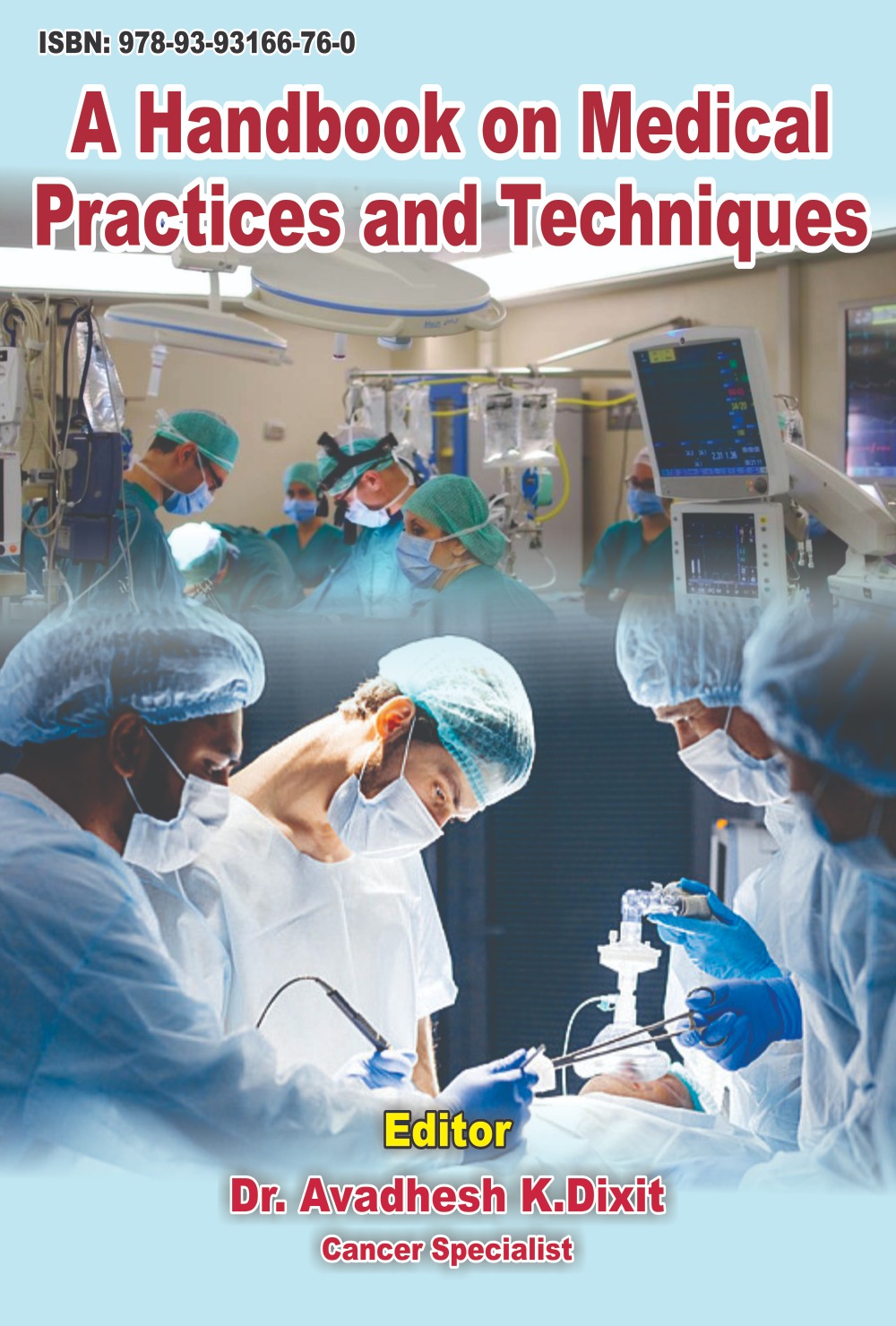 |
||||||||||||||||||||||||||||||
| A Handbook on Medical Practices and Techniques ISBN: 978-93-93166-76-0 For verification of this chapter, please visit on http://www.socialresearchfoundation.com/books.php#8 |
||||||||||||||||||||||||||||||
First Special Secretion – Colostrum : A Review |
||||||||||||||||||||||||||||||
|
Dr. Anil Kumar Gupta
Associate Professor
Deptt. of Dairy Science & Technology (Formerly A.H. & Dairying)
R.K. (P.G.) College
Shamli, U.P., India
|
||||||||||||||||||||||||||||||
|
DOI:10.5281/zenodo.10170142 Chapter ID: 18240 |
||||||||||||||||||||||||||||||
| This is an open-access book section/chapter distributed under the terms of the Creative Commons Attribution 4.0 International, which permits unrestricted use, distribution, and reproduction in any medium, provided the original author and source are credited. | ||||||||||||||||||||||||||||||
Colostrum: Colostrum is called beesting or the first milk produced "colostrum is a special type of mammary secretion obtained immediately after calving." "The first drawn milk after parturition is known as colostrum." It is primary milk that is secreted by the mammary glands after childbirth. It is most important for the new born calf. Its nutnent – dense and high in antibodies and antioxident to build a newborn calf immune system. Immune globulin is present in abundance in colostrum. It is the most hygienic food for the newly born calf and it also develops a bond between mother and newborn. Bovine Colostrum is similar to human colostrum in all respects. It may help fight germs and promote gut health and safe for people. The composition of buffalo or cow colostrum widely/greatly differs from that of the milk obtained a week after calving, but rapidly change to normal milk with 4 to 5 days. Engel and Schlag (1924) have studied the chemical composition of colostrum and gradual changes in its composition over a period of seven days.
Comparative Study of The Normal Milk and Colostrum:
Source: Various sources. The Importance of Colostrum to The New Born Calf: 1. Colostrum easy to digest and offers ideal nutrition for a new born infant calf. 2. Colostrum can help you newly born calf regulate their body temperature, metabolism, lungs, blood sugar level and circulating system. 3. Colostrum transfers passive immunity maternal blood to the offsprings. The antibodies through colostrum serve to counter act pathogenic bacteria in the intestine tract. It helps in developing immunity against several diseases through the globulin protein and immunoglobulin. 4. Colostrum is highly laxative helping passing out of the body meconium which is the first foecal material already produced in the newly born calf intestines. While it was generating in the uterus of the female milch animal. The clearing new born's first poop (Meconium) which reduces your infant calf risk of developing jaundice. 5. Protein casein gives heat, energy and vitality to the new born infant and protein such as lactoferin which has a protective against infections and epidermal growth factor which promotes calf growth. 6. Protein of the colostrum supplies more of tryptophane for nutrition. 7. The high mineral content (Ca) and vitamin D are helpful in formation of bones & teeth the calf putting it on a better growth response. 8. The Iron content is 17 times more in Colostrum than normal milk which is helpful in formation of haemoglobulin inblood. 9. Colostrum contain much more vitamins especially vitamin A & carotene which also produces high rate of resistance power in newly born calf against various diseases (skin) and vision infection in particular, some of vitamin B complex of colostrum play an significant role in the prevention of certain disease of calf. 10. Lastly colostrum is rich in energy as compared to milk it contain more protein like lactoalbumin, lactoglobulin and immunoglobulin, minerals and fat soluble vitamins than normal milk while the concentration of lactose and fat are lower. Generally, it is not used for human diet and surplus amount after infant calf feeding goes wasted. However, it is highly beneficial food due to its rich in various nutrients and can be used for human consumptions directly or by the converting into suitable products. It is also can be utilized for feeding other calves or even other milch animals either direct fresh form or after preservation as fermented colostrum. References: 1. Rangappa, K.S. and Acharya, K.T. (1948). Chemistry and manufacture of Indian Dairy products, Ist Edition. 2. Ramshanker, Saraswat, B.L. and Singh, K.N. (2008). Dairy Chemistry & Animal Nutrition, Kushal Publisher & Distributor, Varanasi, ISBN-81-86099-64. 3. Hari, Singh (1998). Dairy Sciences & Dairy Management & Technology, Saroj Prakashan, Allahabad ISBN-81-7097-107-9. 4. Raymand, John Ply Ford, Michael James Weiser (2021). Buvine Colostrum its constituents and uses-Nutrients, Published 2021, Jan. 18 doi : 10.3390/nu13010265 5. Saradzik, Bartosz Micinski et.al. (2017). Properties of bovine Colostrum and the possibility of Use Elsevier Science direct accepted 28 March 2017. 6. Lizzie Streit, M.S., RDN LD (2019). What is Colostrum Nutrition, benefits and Downsides – updated on Feb. 27, 2019. 7. Kevin Linehan, R., Paul Russete (2023). Bovien Colostrum for Veterinary and Human Health Application – A Critical Review, Annual Review of Food Science & Technology, Vol. 14 : 387-410, Pub. March 2023. 8. Bhati, S.S. and Lavania, G.S. (2000). Dairy Science, V.K. Prakashan, Baraut. 9. Jauhar, Indrajeet & Gupta, Ram Ji (2022). Food Processing & Safety Issue, Rama Publication House, Meerut – ISBN 978-93-88821-43-8. |